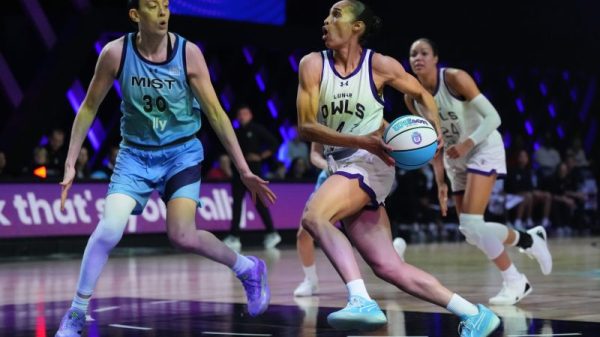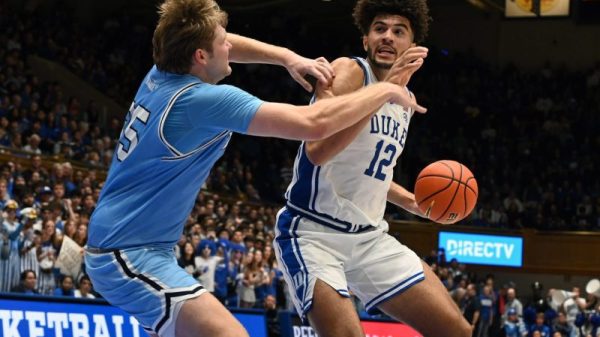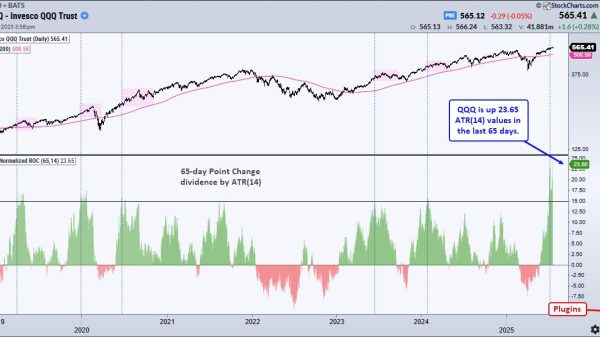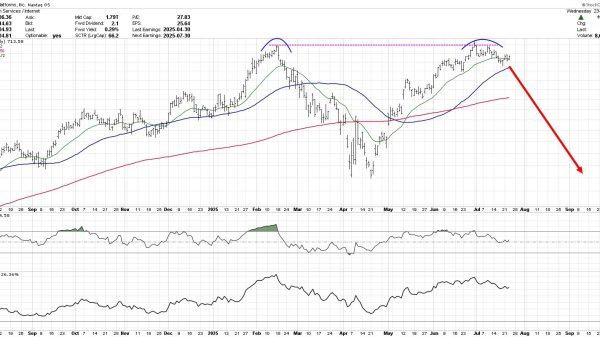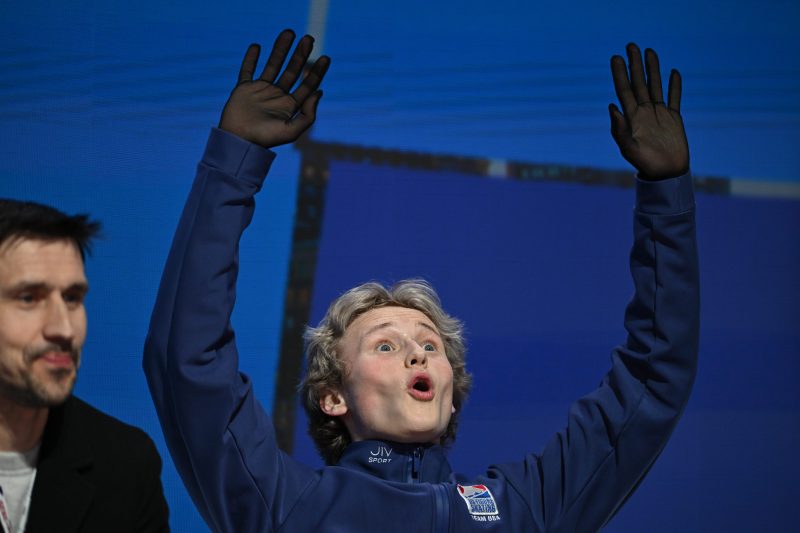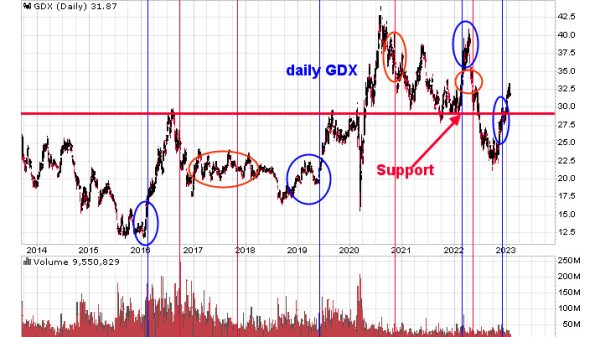BOSTON — The 2025 world figure skating championships in Boston have come to a close, and they couldn’t have gone much better for the hosts.
Team USA won world titles in three of the four disciplines − men’s singles, women’s singles and ice dance − and seemed to clearly enjoy having home-ice advantage at what were the first world championships held on U.S. soil since 2016. The crowds at TD Garden were strong, and there were plenty of U.S. skaters who had stellar performances even if they didn’t land on the podium.
Now, of course, the focus will start to shift to the 2026 Winter Olympics in Milan-Cortina. Many of the skaters at worlds said they’ve already started to think about their music for next winter or otherwise begin their preparation for the Games.
And so, as the world championships end and figure skating’s offseason nears, here are six takeaways from the past week − and what they mean for Milan-Cortina.
It’s hard to see anyone beating Ilia Malinin
Ilia Malinin won his second consecutive world championship by a 31-point margin. From a technical standpoint, he is truly in a class by himself. It’s not just that the 20-year-old is the only person on Earth who can land a quad axel. It’s also the number of quads and combinations that he weaves into his free skate, which give him a massive point advantage over the field before he ever steps onto the ice.
Malinin’s goal is to land seven quads in a free skate. On Saturday, he did ‘only’ six − but that was still two more than anyone else. And looking purely at the base values for Malinin’s two programs last week, he had a cushion of about 13 points over the rest of the field. That means that, all else being equal, he could’ve fallen twice and still won. Malinin just has such a large cushion in difficulty that it’s hard to see anyone beating him in Milan.
The quads are only going to get bigger
In 1999, Timothy Goebel became the first skater in history to land three quadruple jumps in the same program. On Saturday night alone, five men matched that feat − including Malinin, who hit six quads. Reigning Olympic gold medalist Nathan Chen said this isn’t exactly surprising. The only surprising thing, he said, is how quickly the quad figures are going up.
‘If you look at the way the point system is structured, if you throw down big jumps and land them, you get big points,’ he said.
Chen was the first skater to land five quads in a program, as well as the first to hit six. Malinin has set a goal of seven, but it feels like the technical expansion isn’t going to stop there. Could we see another skater, maybe world silver medalist Mikhail Shaidorov, try for six quads to narrow the gap with Malinin in Milan? How long will it be until Malinin starts going for eight? And will we see quads, likely from Russia, on the women’s side too?
Alysa Liu has a legit shot at an individual Olympic medal
If there was a revelatory performance at worlds, it was probably Alysa Liu’s. Her journey from retiring at 16 to winning a world championship at 19 is a remarkable story, but this isn’t just a feel-good one-off. She has a very realistic shot at making the Olympic podium in women’s singles. It’s a feat no American woman has achieved since Sasha Cohen at the 2006 Games, which were also held in Italy less than a year after Liu was born.
Liu’s carefree post-retirement mindset is the sort of approach that can help insulate a skater from the noise and pressure of the Olympic cycle. The Japanese women proved once again at worlds that they will be in the mix. As will Russia’s lone entry. As will the other two American women who make the Olympic team, likely Amber Glenn and Isabeau Levito. But at this point, Liu has to feel good about her chances.
The Olympic team event could be a two-country race
Since the introduction of the team figure skating competition at the Winter Olympics in 2014, there have generally been only five countries jockeying for podium spots: Canada, Italy, Japan, Russia and the U.S. But in 2026, it might just be Japan and the U.S. who have a real shot at gold.
While Russian skaters will have a path to compete as neutrals in Milan (more on that later), the country will be barred from team competition under the International Skating Union’s current rules. Canada and Italy, meanwhile, each showed some glaring weaknesses at this week’s world championships. Nothing is certain, of course. One of the most overused cliches in skating is that ice is slippery, and anything can happen. But it would hardly be a shock if Japan and the U.S. are going head-to-head for team gold 10 months from now.
The U.S. ice dance pipeline is as strong as ever
After their free dance, Chock and Bates credited the teams of Tanith White/Ben Agosto and Meryl Davis/Charlie White for laying the foundation for their success. The fifth-place finishers, Christina Carreira and Anthony Ponomarenko, are coached by former U.S. Olympic ice dancer Madison Hubbell, among others. And the ninth-place finishers, Caroline Green and Michael Parsons, are coached by the Whites − and, at least recently, ex-U.S. ice dancer Jean-Luc Baker.
It all points to a strong pipeline that should keep the U.S. on the podium in ice dance long after 2026, which is expected to be Chock and Bates’ final season of competition.
Don’t forget about Russia
Russia was not at the world championships and has been barred from international figure skating for nearly three years, so it’s easy to forget about them as the Olympics near. But the ISU has announced that the country will be permitted to enter one skater or team in each of the four disciplines at a qualifying event in Beijing this fall. And, given the country’s figure skating pedigree, they seem almost certain to qualify in all four events.
There is often a little bit of intrigue around the Russian contingent, as there was in 2022 with Kamila Valieva. But that intrigue will only be amplified in 2026, given the lack of international opportunities to see the Russians’ top skaters. Even with just a handful of participants, the Russians − er, I mean Individual Neutral Athletes − will certainly make some noise in Milan. It’s not such much a question of whether they reach the podium as it is where they place and in which event(s).
Contact Tom Schad at tschad@usatoday.com or on social media @tomschad.bsky.social.






